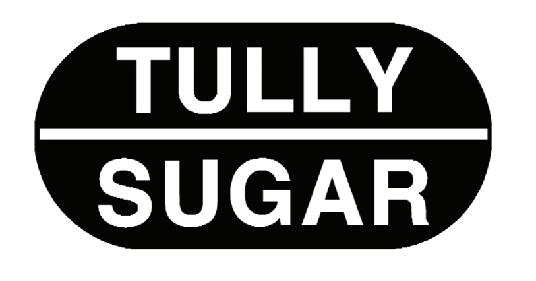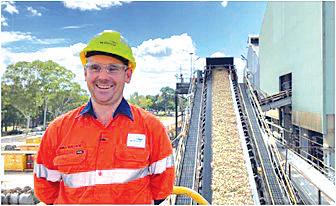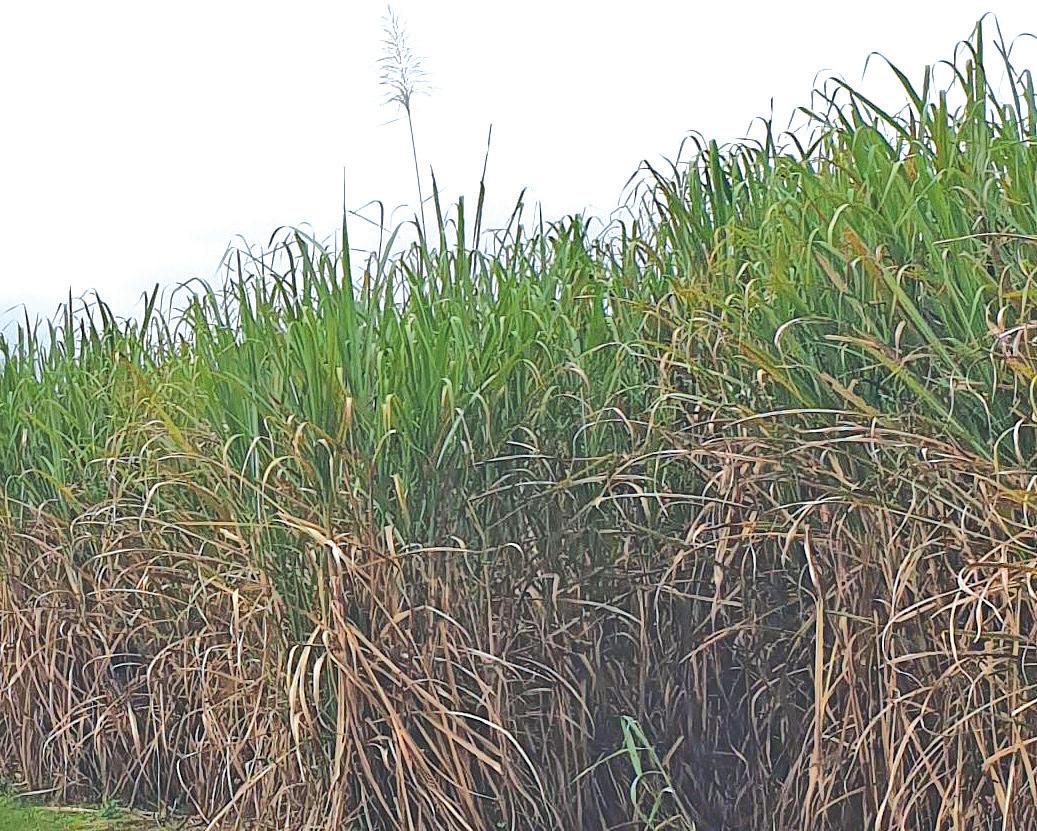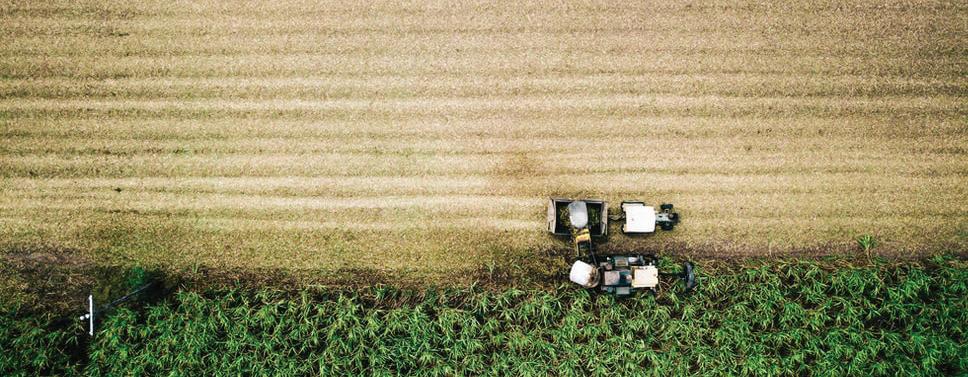
4 minute read
Time to rethink ethanol
Canegrowers Chairman Owen Menkens

Advertisement
AUSTRALIA is amid a cost-of-living crisis, which shows no sign of letting up any time soon.
The price of everything from housing to groceries is skyrocketing, and continual rate rises by the Reserve Bank are doing little to stem the soaring inflation.
Every day we hear heartbreaking stories of the pressure rising costs are putting on families.
Whether it's seniors foregoing healthcare checkups to reduce medical bills, or single parents skipping meals so their children don't go without, people are struggling to make ends meet everywhere we look.
Of course, beyond creating employment in the regions and contributing billions of dollars to the national economy, the sugar industry can do little to help ease these cost-of-living pressures.
However, there is one place where, with the appropriate government support, the sugar industry could significantly reduce costs on everyday Australians – at the bowser.
The soaring petrol price, now regularly over $2 a litre in many places, is a massive burden on Australian families.
Right now, there is little we can do to influence that price; we are totally at the mercy of the global oil market.
But many Australians might be surprised to learn that other sugar-producing nations have much greater control over their domestic fuel prices.
Brazil, for example, uses its sugar industry extremely efficiently to keep the cost of fuel low for consumers.
It does this by switching seamlessly between sugar production and ethanol production, depending on the prevailing global conditions.
Brazilian mills will produce more sugar when the world's sugar price is high. When sugar prices are low, but oil prices are high, mills will produce more ethanol.
The end result is Brazilians pay significantly less at the bowser than Australians. Brazilian motorists currently pay around 3.3 Brazilian Reais per litre of petrol, equivalent to one Australian Dollar. Can any Australian remember the last time they paid $1 for a litre of petrol? I know I can't.
And Brazil is not the only country seeking to keep fuel costs low by using its sugar industry more efficiently. India has already boosted ethanol production in recent years. It is expected to divert more than six million tonnes of sugar annually towards ethanol by 2025.
Tully Sugar Crushing Statistics
For week 2 ended 09/06/23 sugar prices of around $800/tonne –something we haven’t seen in decades.”
Mr McLeod said Wilmar Sugar had invested $200 million in its sugar milling assets this year to underpin reliability and performance.

“We’ve carried out a massive capital and maintenance works program in much shorter timeframe than usual, due to the late finish to the 2022 season.
“Our people have done an excellent job of delivering these major projects in time for the start of the 2023 season.”
Invicta Mill Production Superintendent James Wallace said there was a lot of excitement and anticipation around the start of every new season.
“The team’s excited about all the effort we’ve put in during the maintenance season to get the factory ready to go and we’re really looking forward to seeing how the season unfolds.” growers and the many industry stakeholders.”
Wilmar’s Plane Creek Mill at Sarina will start the season on June 12, with Proserpine Mill to follow on June 13.
The Herbert mills will kick off June 19.
A key focal point of the event will be honouring nominees in the prestigious Charlie Nastasi Horticultural Farmer of the Year and announcing the 2023 winner.
Mr Moro said while the industry embraces changes growers remained at the heart of horticulture and the award aimed to recognise leadership and innovation. A special produce auction will also take place to raise funds for the Mareeba Hospital. More details along with ticketing information will be released later.
Australia can do this, too, albeit on a smaller scale. But for this to happen, we need state and federal governments to work with the industry to fund ethanol production and storage facilities.
This could not only significantly reduce the price Australians pay for fuel, easing the cost of living pressures, but it would also boost our national fuel security, making us less susceptible to global shocks. We live in a large country, with limited or no public transport options outside major cities. Cars are a necessity.
There is no reason Australian families should continue paying through the nose simply to carry out their daily lives. Especially when, with a little bit of courage and foresight, we could follow the lead of other sugar-producing nations and take control of our own fuel destiny.
South Johnstone Crushing Statistics
Will
MOBILE Mill for Seed Cane- Tully growers are reminded that the pre-season CCS sampling of commercial cane to be harvested is now in full swing, and this service is available to anyone who requests it. This service will continue until the season's third round or when requests stop.
In addition, this service can also include sampling seed cane for CCS levels before planting.
For seed cane, we are looking for virtually the opposite of what we want from commercial cane. Obviously, we want good tonnes/ha and high CCS for the commercial cane. However, we want lower CCS for seed cane so that the cane is still actively growing, giving it a better chance of good germination once planted.

By doing a mobile mill test of seed cane, we test the plant's top and base to ensure the CCS is low. One way to secure lower CCS for seed cane is using seed cane to less than 12 months of age, especially for some varieties like Q250 and SRA 28.

So over the next few months, if seed cane is close to getting older than 12 months of crop age because planting is delayed by wet weather, then in the coming months, we can sample it through the mobile mill and determine its likely CCS status. This can give peace of mind because, despite delays, the CCS may still be low and suitable for planting.
Flowering and suckering are other factors that are starting to influence the 2023 Tully crop.
Flowering his year is greater the in 2022. Still, not excessive; in fact, over the last few weeks, we have been analyzing the flowering of several varieties and found in most cases that it is light to moderate, which means in a 1m of cane if there are 10 stalks, 3 to 5 are flowering. The only variety that is flowering heavily is Q232.
For suckering, the recent rain has meant that we have now exceeded the long-term average rainfall for June (200mm), and in many cases, suckers are starting to develop. If we get a mild to warm winter, these suckers could impact the final CCS of the crop, so there could be a case for using crop ripeners to suppress suckering after 2nd round.
To discuss the possibility of using ripeners after 2nd round, growers can call 0400586968 to discuss.










